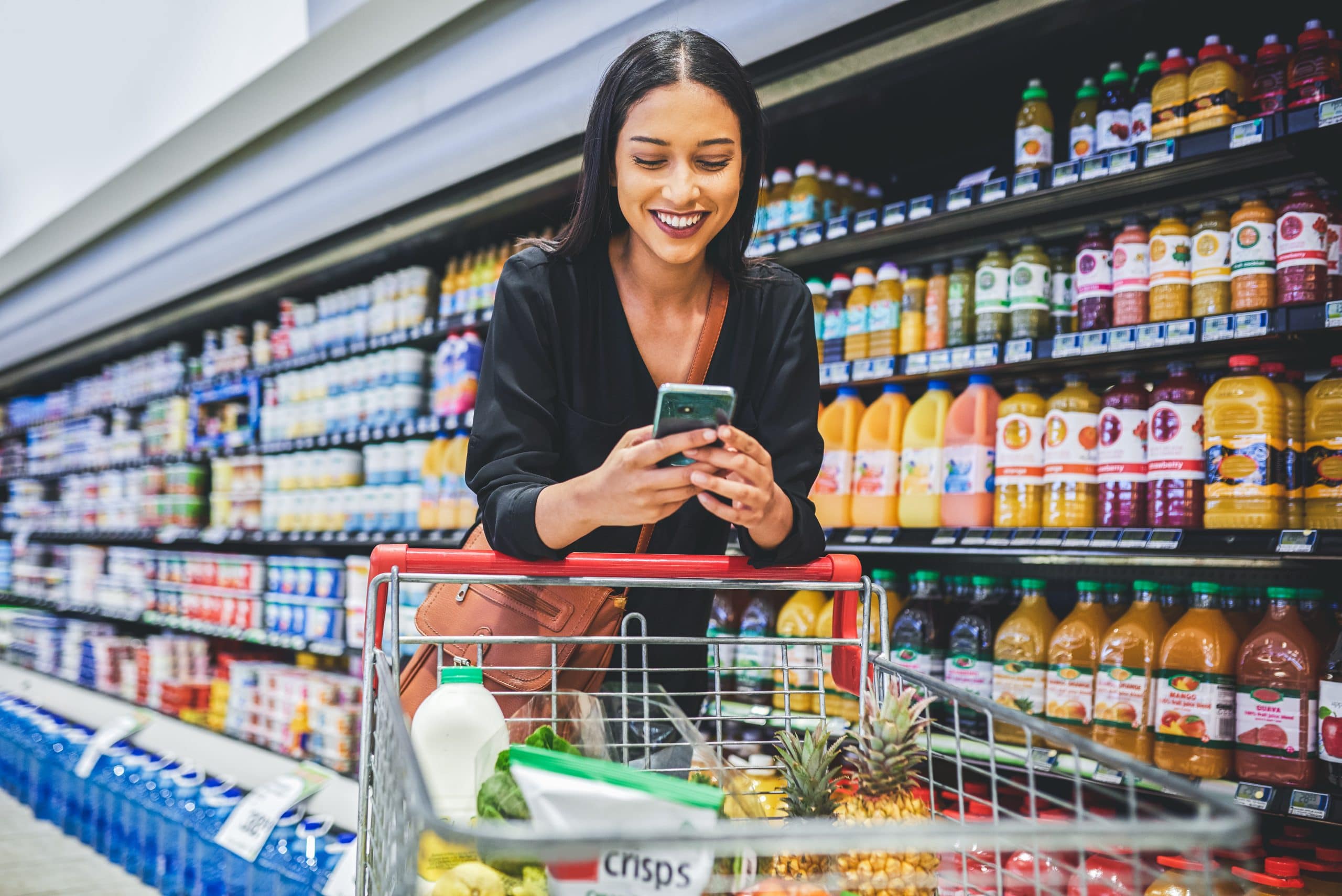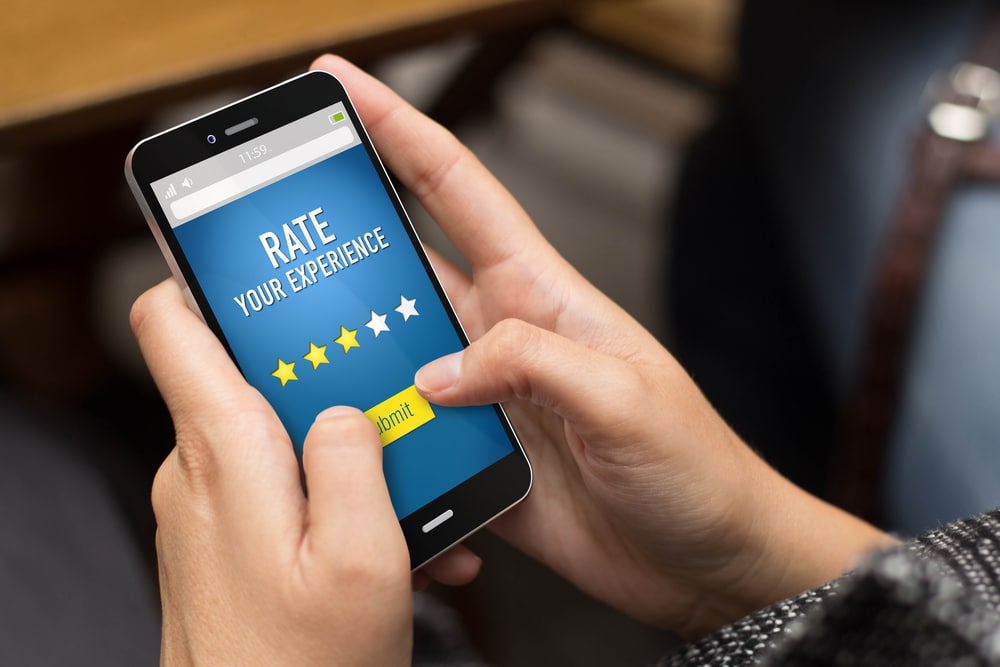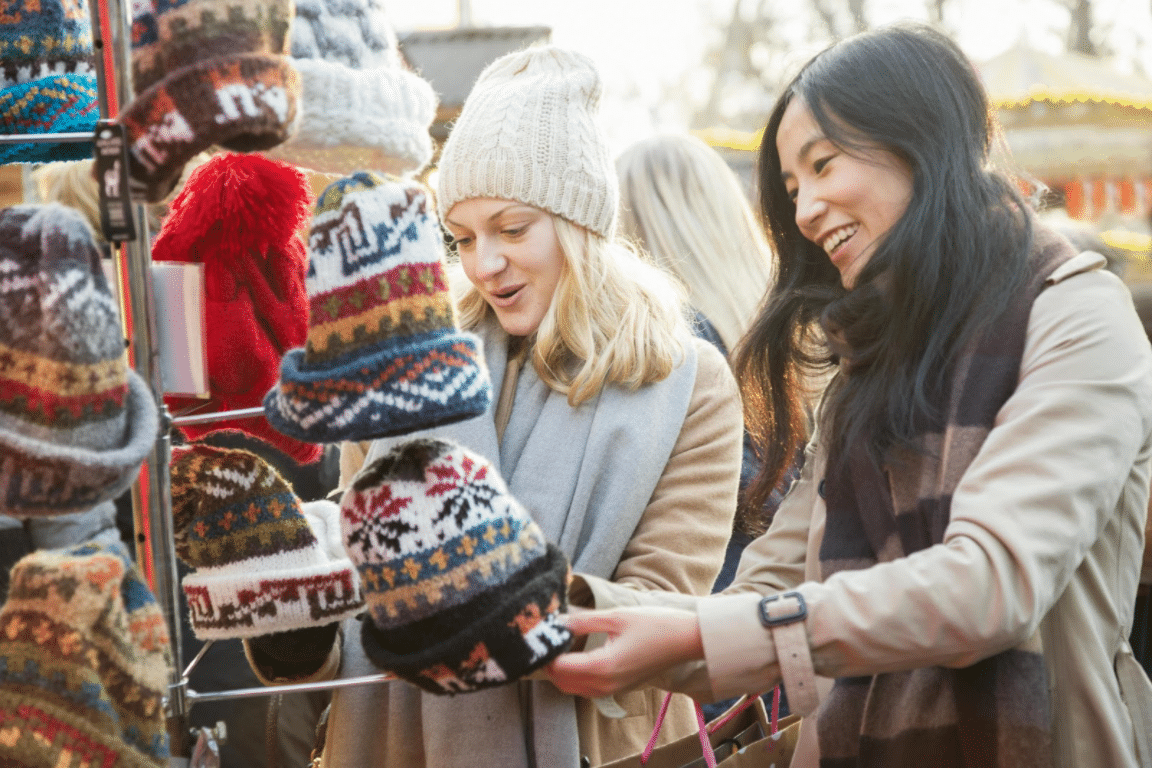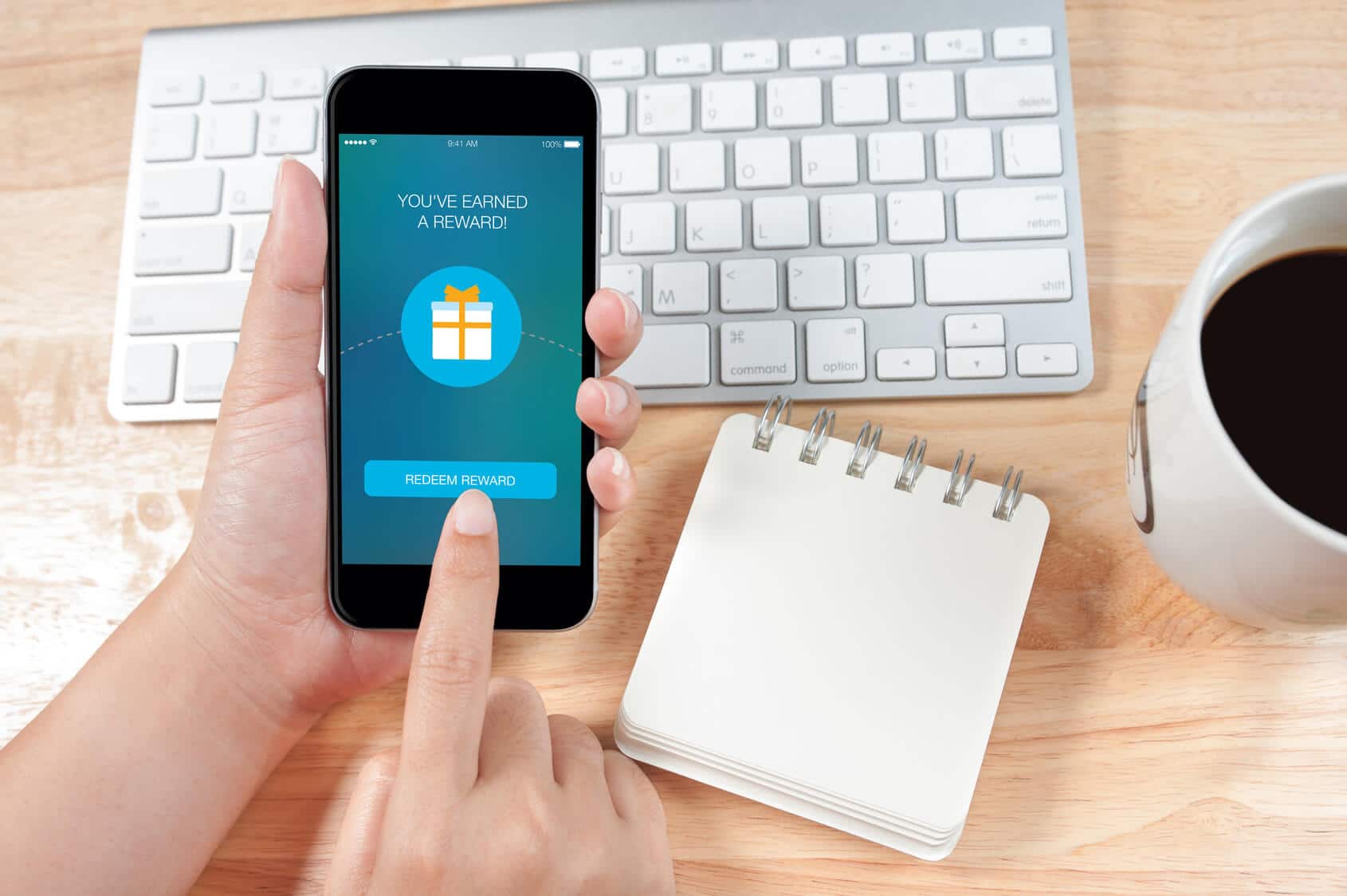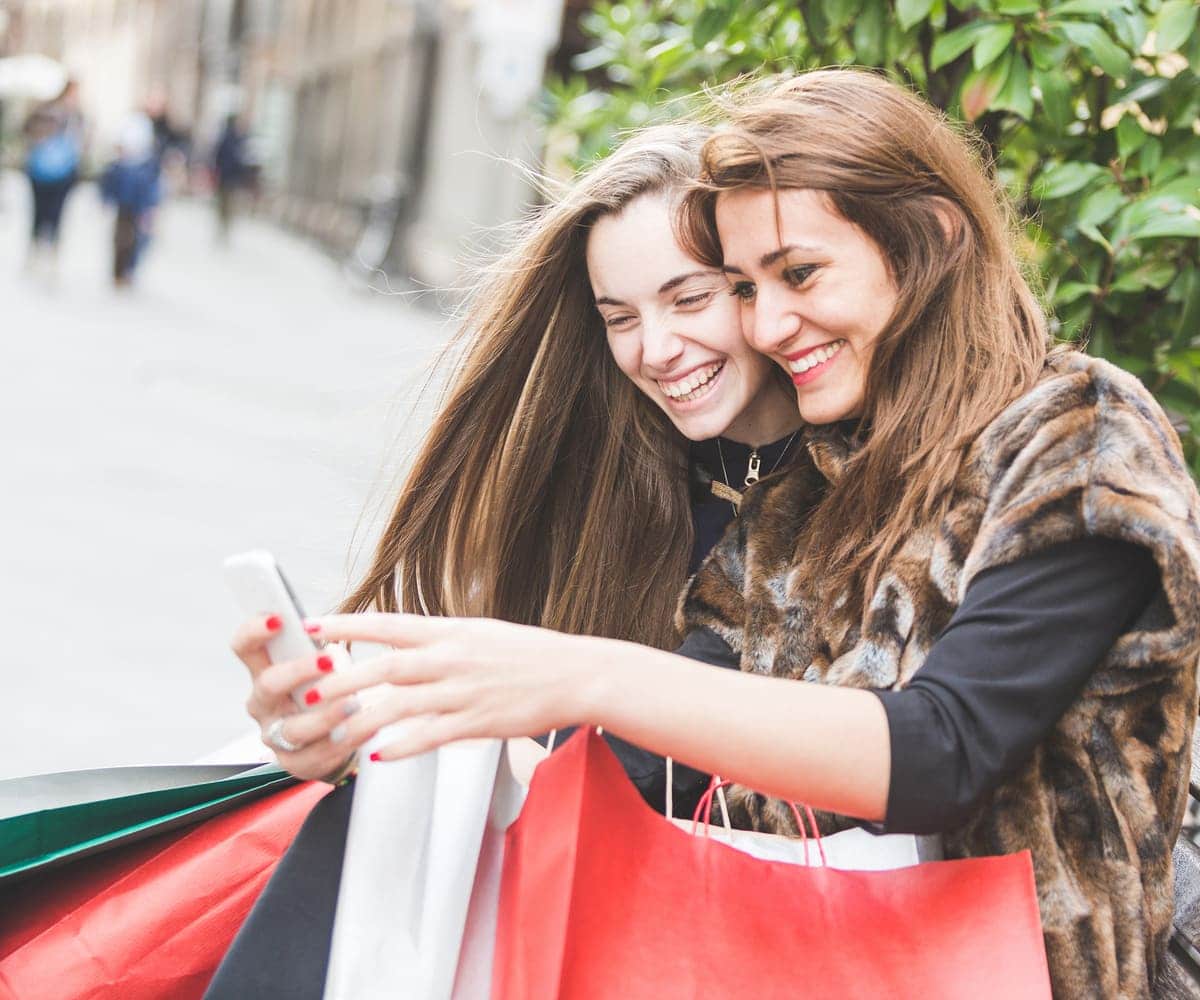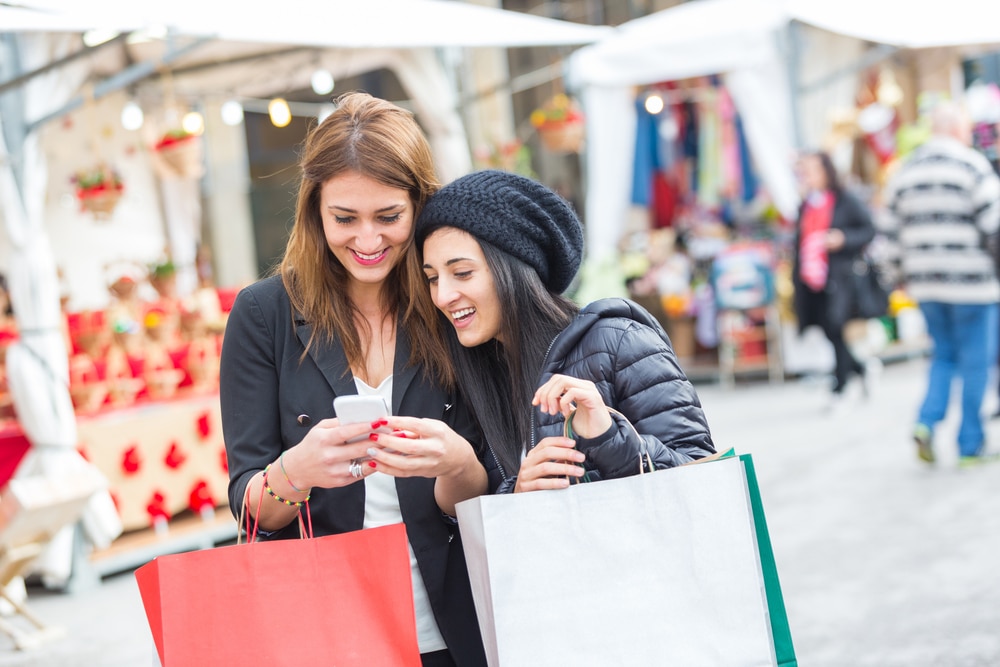Based on the past almost two years of living through the peak and valleys of COVID, retailers have upped their game in terms of the shopper journey. Here are the top five trends that customers can expect when shopping in the new year:
Trend 1: Physical stores remain a critical force for retail shopping
While online commerce will exceed $1 trillion in 2021, the brick and mortar stores will still be very relevant for shopping with 84% of sales coming from physical stores. The stores will become more experiential and will incorporate more technology within the shopping journey. QR codes will be used for product descriptions and information, finding stock or demonstrating product usage. Mobile phones will integrate with in-store shopping for price and stock checking, as well as for checking out seamlessly. Social interaction and shopping, one of Americans’ greatest pastimes, will be even more important as the country rises out of the pandemic next year and consumers will look for more opportunities to cultivate a sense of normalcy.
While online sales exceed $1 trillion in 2022, the brick and mortar stores will still be very relevant for shopping with 84% of sales coming from physical stores.
Trend 2: Bridging the gap between online shopping and in-store experiences
Better experiences between shopping online and visiting stores will be evident as retailers have worked hard over the past two years to build up these capabilities. Shoppers have witnessed this build-up over the past year in a major way with the curbside pickup, buy-online-pick up in store and direct shipping from vendors when stock is not available in stores. Retailers will continue to work on these types of strategies.
Trend 3: Shopping goes viral on social media
The hashtag tiktokmademebuyit, which has over three billion views, has given rise to social commerce. Andrew Lipsman eMarketer principal analyst of Insider Intelligence, in a recent webinar on Retail Trends 2022, predicts that viral commerce is a key growth area. Lipsmans discussed the $45 billion social commerce business which essentially is shopping through social media. Users can expect to see more offers, a broader range of products being offered through social media and an increase in special collaborations between brands, retailers and influencers. A recent trend on TikTok users posting their latest purchases with the hashtag tiktokmademebuyit which has over three billion views. Retailers, like Amazon, are curating online assortments that come from TikTok best sellers.
Trend 4: Near real-time delivery continues as shopper demand rises for these services
A rise in third-party delivery intermediaries has been seen across all sectors of retailing. Shoppers will see more and more retailers offering same day delivery with many retailers offering services within a two-hour window. Shipt, which is widely used by and owned by Target, has continued to grow in terms of number of product offerings and in terms of number of retail partners. Instacart does over $1.6 billion per year and plans to go public in the near future. Another aspect that facilitates this type of shopping is the growing usage of micro-fulfillment centers which are mini-distribution centers in local areas near where customers live. Retailers are using these centers to help with delivering products to the customer homes. Many retailers are offering areas in the mini-distribution centers where customers can pick up their orders. In some cases, individual stores have become fulfillment centers with pickers scouring the aisles for consumer orders.
A significant technology transforming micro-fulfillment is automation. Walmart, for example, is using automated bots to retrieve goods for online orders in the smaller fulfillment centers. The last area in delivery that shoppers may expect to see is more widely used is driverless trucks to transport products to customer homes.
Trend 5: Curtailed and more curated assortments
Supply chain disruptions abound throughout the last year and a half. This year has been particularly troublesome for many retailers and brands across a wide variety to product categories. As a result, many retailers have significantly reduced the assortment of products within categories. Shoppers can expect to find less choices in terms of style, color, or features. The U.S. market has historically been overstored and over assorted with product choices, especially in the fashion goods category including clothes, accessories and shoes. Less choice and better curated assortments should translate to a positive shopping experience for customers. As we reflect back on the shopping experiences from the past year, it can be said that the overall experience and convenience of shopping has greatly improved. This overall trend will continue well into 2022.

